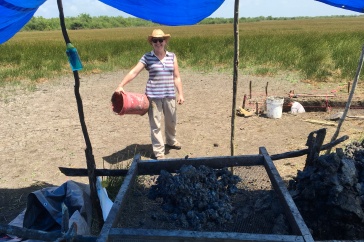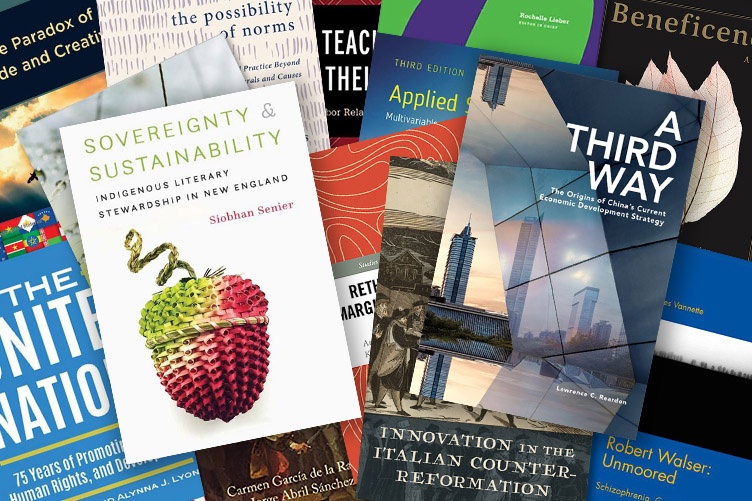
A scan of the 2020 book publications by COLA faculty illustrates just how varied the liberal arts are in their fields of research and forms of scholarship. The books range from single-authored studies and scholarly edited collections to a novel, political analyses, textbooks, a translation and even an encyclopedia.
Yet, books tell only a piece of the scholarly and creative story of the College. Faculty members have produced journal articles, book chapters, white papers, visual art, scores and scripts. Adhering to COVID-19 safety protocols, they've taken to Zoom, websites, video and film to deliver public lectures, exhibit art, present recitals, and mount theatre and dance productions.
Listed below are the most recent books that comprise one part of the intellectual fabric of the liberal arts at UNH.

The Paradox of Suicide and Creativity: Authentications of Human Existence
by M.F. Alvarez
Lexington Books (November 2020)
If creativity is the highest expression of the life impulse, why do creative individuals who have made lasting contributions to the arts and sciences so often end their lives? Mike Alvarez addresses this central paradox by exploring the inner lives and works of eleven creative visionaries who succumbed to suicide. Through a series of case studies, Alvarez shows that creativity and suicide are both attempts to authenticate and resolve personal catastrophes that have called into question the most basic conditions of human existence.
Available from the publisher or major online retailers.
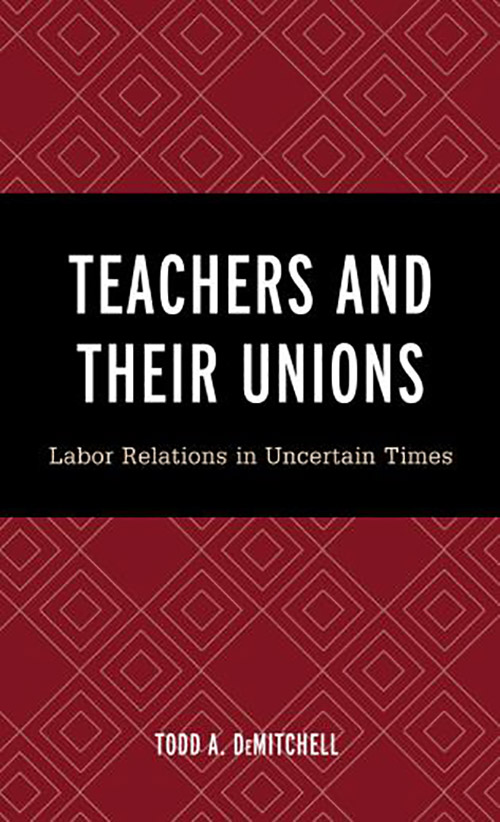
Teachers and Their Unions: Labor Relations in Uncertain Times
by Todd A. DeMitchell
Rowman and Littlefield Publishers (January 2020)
This book explores the decade of uncertainty in public education following the Great Recession by first laying a foundation that describes the development of teachers and public education and the rise of teacher unions. The selection of the industrial labor model at the outset of public sector collective bargaining set the table for challenges to its fit with education. The theme of teacher as member of a union and teacher as a professional is explored within the context of a collective bargaining environment.
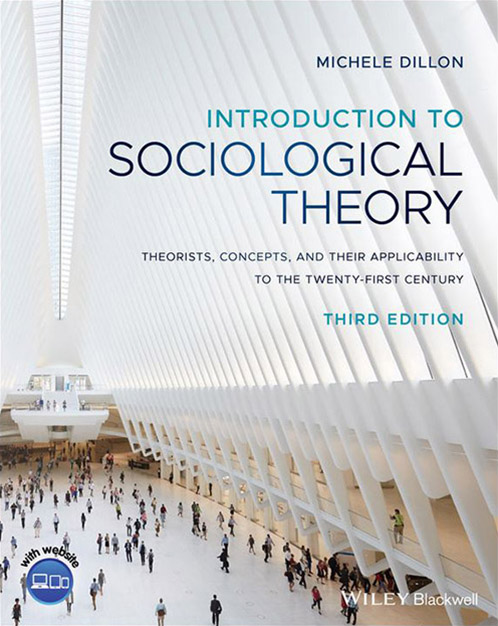
Introduction to Sociological Theory: Theorists, Concepts and their Applicability to the Twenty-First Century, 3rd Edition
by Michele Dillon
Wiley-Blackwell (December 2019)
Thoroughly revised and updated, this third edition offers an in-depth introduction to classical and contemporary theories, and demonstrates their relevance for a clear understanding of a broad range of contemporary issues and topics. As with the previous editions, the text continues to combine primary quotations from theorists with discussion and illustrative examples from a range of countries, helpful timelines of events, biographical notes, and more.

Immature Playboys and Predatory Tricksters: Studies in the Sources, Scope and Reach of Don Juan
edited by Carmen García de la Rasilla and Jorge Abril Sánchez
Juan de la Cuesta-Hispanic Monographs (July 2020)
Prominent scholars present their perspectives on the sources, scope and reach of the literary figure of Don Juan in this collection of fourteen essays organized around six themes: the authorship of El Burlador de Sevilla; the cosmological, geographical and spiritual spaces of the trickster of Seville; Don Juan’s principles: perversion, hedonism and ludic theatricality; the classic playboy under the feminist gaze; Don Juan’s protean legacy; and Don Juan’s reach, painted and filmed.
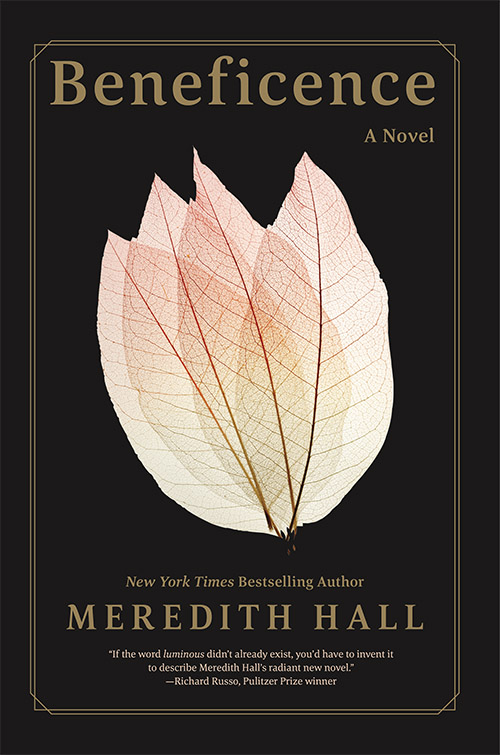
Beneficence
by Meredith Hall
Godine (October 2020)
In the midst of a nearly perfect life, Doris Senter is thankful but wary, in Meredith Hall’s first novel. “We can’t ever know what will come,” she says. When an unimaginable tragedy turns the family of five into a family of four, everything the Senters held faith in is shattered. The family is consumed by sorrow and guilt. Slowly, the surviving family members find their way to forgiveness—of themselves and of each other.

The Possibility of Norms
by Christoph Möllers. Translated by Alex Holznienkemper
Oxford University Press (May 2020)
Möllers argues for conceiving of social norms as positively marked possibilities. Positively marking a possibility indicates that it should be realized. Normativity thus hinges on judging the world from a distance and acknowledging the possibility of divergent states of the world. Hence, it is not theoretically problematic that there are morally unjustified norms, nor that norms can be broken. On the contrary, allowing for breaches may be an important feature of normativity.
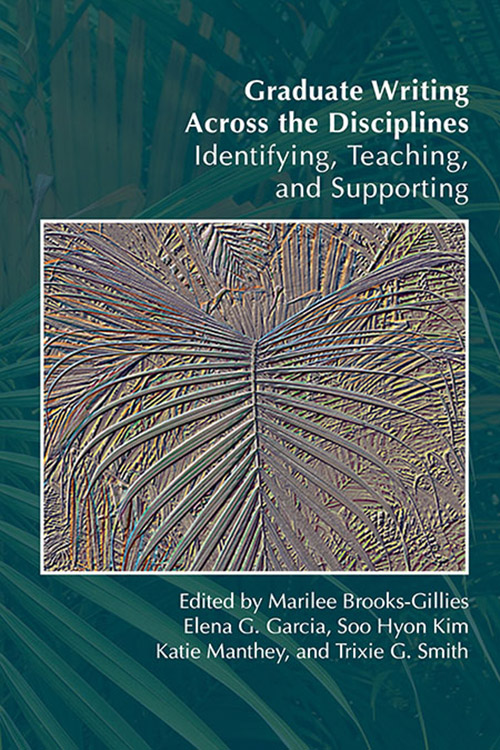
Graduate Writing Across the Disciplines: Identifying, Teaching and Supporting
edited by Marilee Brooks-Gillies, Elena G. Garcia, Soo Hyon Kim, Katie Manthey, and Trixie G. Smith
University Press of Colorado and WAC Clearinghouse (November 2020)
In this book, the editors and their colleagues argue that graduate education must include a wide range of writing support designed to identify writers’ needs, teach writers through direct instruction and support writers through programs such as writing centers, writing camps and writing groups. This collection demonstrates that attending to the needs of graduate writers requires multiple approaches and thoughtful attention to the contexts and resources of individual universities while remaining mindful of research on and across similar programs at other universities.
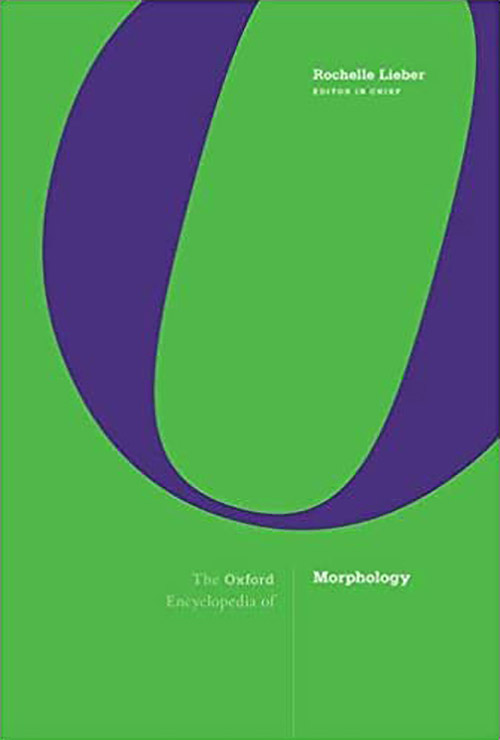
The Oxford Encyclopedia of Morphology
edited by Rochelle Lieber
Oxford University Press (January 2021)
The field of morphology has gained expanded importance in contemporary linguistics with the realization that it can no longer be narrowly construed as the study of the means by which complex words are formed. Rather, the study of morphology must be situated in the context of our understanding of the mental lexicon as a whole. This book offers a sweeping introduction to the field, showing that morphology is not only an active area of study in its own right, but also a critical link between different subfields of linguistics.

The United Nations: 75 Years of Promoting Peace, Human Rights and Development
by Kent Kille and Alynna Lyon
ABC-CLIO/Praeger (September 2020)
The UN has been an essential actor in world politics for 75 years. Its entities have eliminated smallpox, protected the ozone layer, promoted arms control and helped to save the lives of over 90 million children. Yet, it is frequently criticized as ineffective and antiquated. This book provides a balanced and systematic overview of the UN's contributions and challenges, highlighting areas where it plays an essential role in global governance as well as areas of redundancy and needed reform.
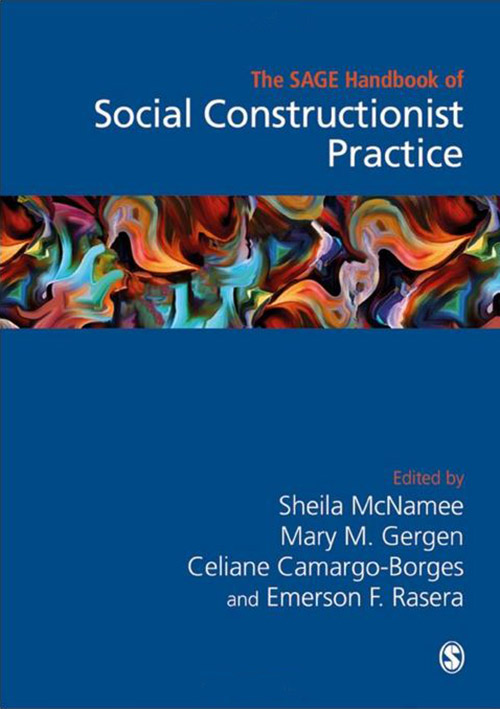
The Sage Handbook of Social Constructionist Practice
edited by by Sheila McNamee, Mary M. Gergen, Celiane Camargo-Borges and Emerson F. Rasera
Sage (December 2020)
This collection is the first major survey of innovations in professional practice emerging from a social constructionist orientation to social science. This volume offers insights into the latest developments in theory, and showcases the range and variations in practical outcomes, while pointing to emerging directions of development. The authors are leading figures in their fields, including organizational development, therapy, healthcare, education, research and community building.
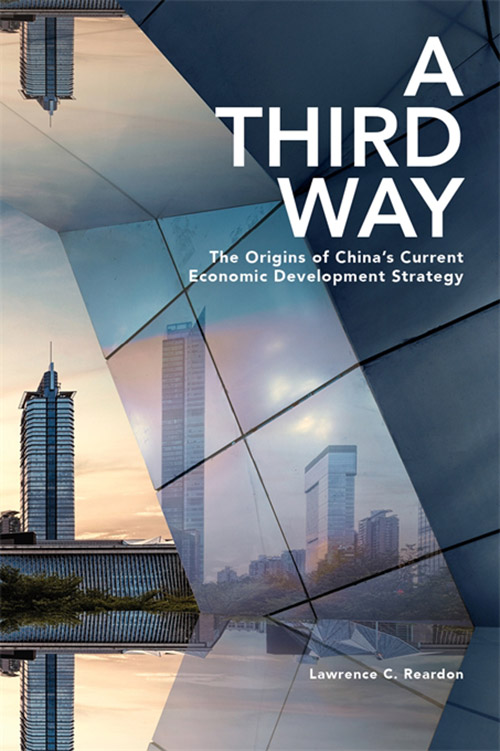
A Third Way: The Origins of China’s Current Economic Development Strategy
by Lawrence C. Reardon
Harvard University Asia Center (December 2020)
From 1949 to 1978, communist elites held clashing visions of China’s economic development. Mao Zedong advocated the “first way” of semi-autarchy characteristic of revolutionary Stalinism (1929–34), while Zhou Enlai adapted bureaucratic Stalinism (1934–53) to promote the “second way” of import substitution industrialization. "A Third Way" tells the story of Deng Xiaoping’s experimentation with export-led development inspired by Lenin’s New Economic Policy and the economic reforms of Eastern Europe and Asia.
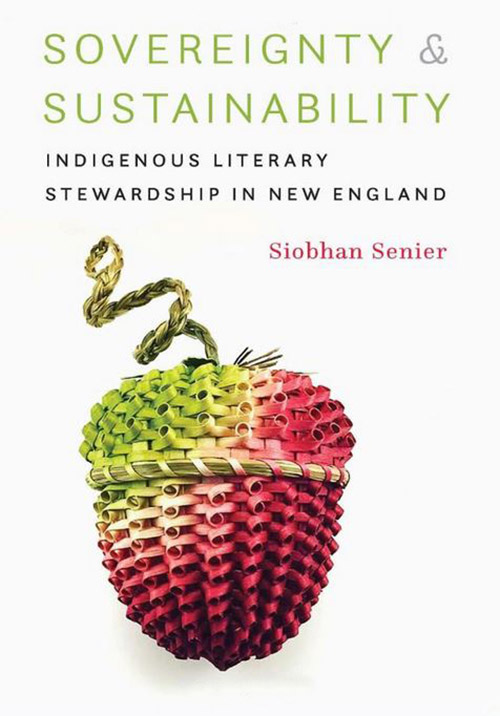
Sovereignty and Sustainability: Indigenous Literary Stewardship in New England
by Siobhan Senier
University of Nebraska Press (May 2020)
This book examines how Native American authors in what is now called New England have maintained their own long and complex literary histories, often entirely outside of mainstream archives, libraries, publishing houses and other institutions usually associated with literary canon-building. Indigenous people in the Northeast began writing in English almost immediately after the arrival of colonial settlers, and they have continued to write in almost every form. Senier demonstrates that regional Native literature is flourishing and looks to a dynamic future.
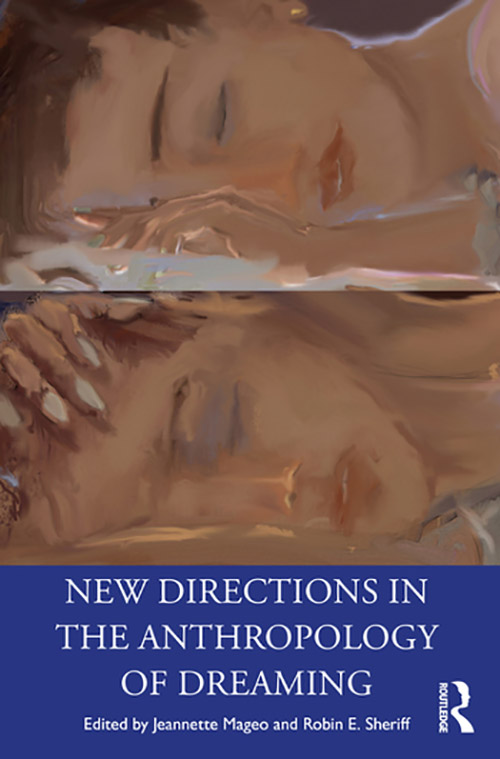
New Directions in the Anthropology of Dreaming
edited by Jeannette Mageo and Robin Sheriff
Routledge (October 2020)
This book presents new directions in contemporary anthropological dream research, surveying recent theorizations of dreaming that are developing both in and outside of anthropology. It incorporates new findings in neuroscience and philosophy of mind while demonstrating that dreams emerge from and comment on sociohistorical and cultural contexts. The chapters are written by prominent anthropologists working at the intersection of culture and consciousness who conduct ethnographic research in a variety of settings around the world, and reflect how dreaming is investigated by a range of informants in ever more diverse sites.
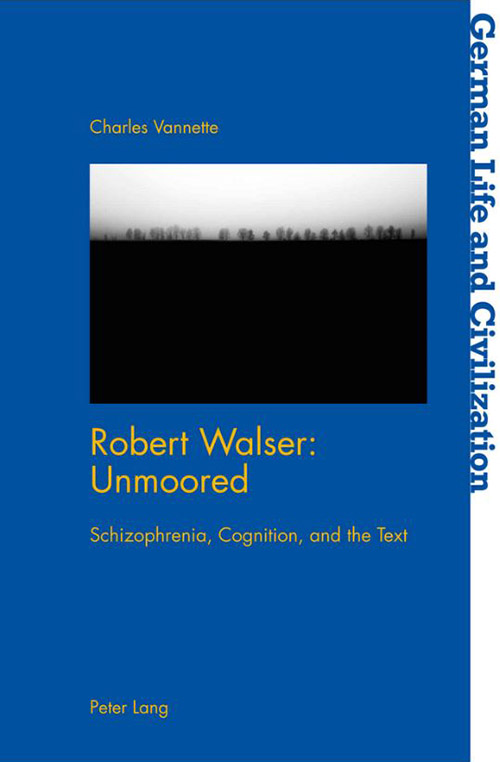
Robert Walser: Unmoored: Schizophrenia, Cognition and Text
by Charles Vannette
Peter Lang (September 2020)
This book takes Robert Walser’s 1929 schizophrenia diagnosis as its point of departure and provides a cognitive study of the author’s writing. Clinical models of schizophrenic cognition from phenomenological psychology guide the analysis, and the book illustrates that underneath Walser’s literary production there is a cognitive process that is marked by the psychological concepts of hyperreflexivity and a loss of common sense.
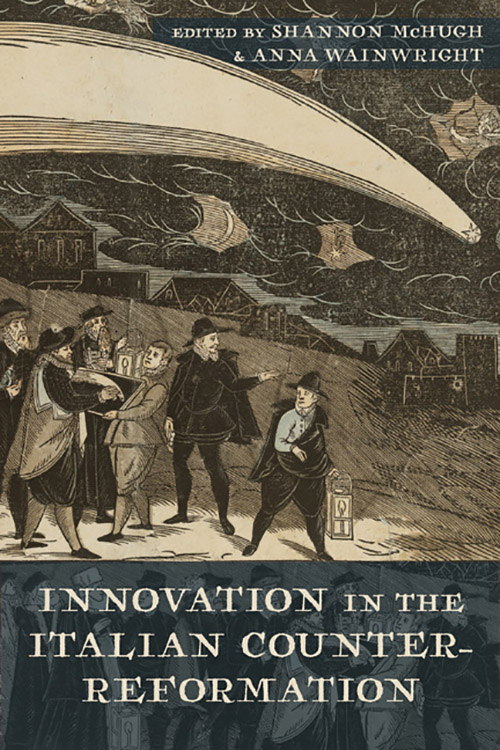
Innovation in the Italian Counter-Reformation
edited by Shannon McHugh and Anna Wainwright
University of Virginia Press (September 2020)
The enduring "black legend" of the Italian Counter-Reformation maintains that the Council of Trent ushered in a cultural dark age in Italy, snuffing out the spectacular creative production of the Renaissance. The 13 essays in this book present a radical reconsideration of literary production in post-Tridentine Italy. The volume’s contributors weave literary analysis together with religion, theater, art, music, science and gender to demonstrate that the literature of this period not only merits study but is positively innovative.

Applied Statistics I: Basic Bivariate Techniques, 3rd edition
by Rebecca Warner
Sage Publications (January 2020)
Rebecca Warner’s bestselling "Applied Statistics" has been split into two volumes in this third edition for ease of use over a two-course sequence. In part I, the author's contemporary approach reflects current thinking in the field with its coverage of the "new statistics" and reproducibility in research. Her in-depth presentation of introductory statistics includes some simple hand-calculations along with detailed instructions for SPSS and helps students understand statistics in the context of real-world research.
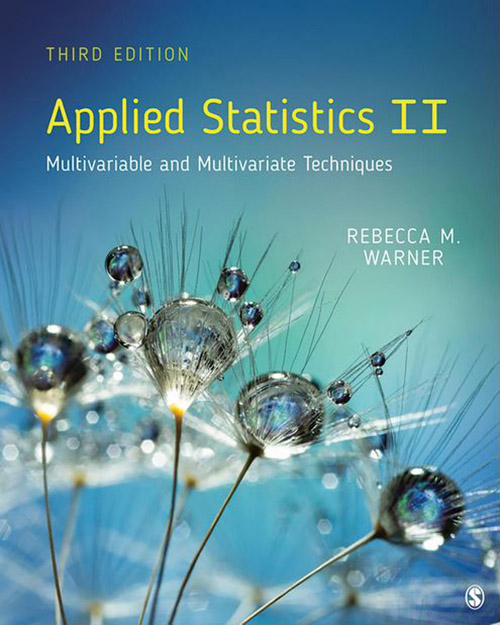
Applied Statistics II: Multivariable and Multivariate Techniques, 3rd edition
by Rebecca Warner
Sage Publications (January 2020)
Rebecca Warner’s bestselling "Applied Statistics" has been split into two volumes in this third edition for ease of use over a two-course sequence. Part II begins with two new chapters: an introduction to the new statistics, and a chapter on handling outliers and missing values. New chapters have been added on structural equation modeling, repeated measures and additional statistical techniques.

Saintly Spheres and Islamic Landscapes: Emplacements of Spiritual Power across Time and Place
edited by Daphna Ephrat, Ethel Sara Wolper, and Paolo G. Pinto
Brill (December 2020)
This book explores the creation, expansion and perpetuation of the material and imaginary spheres of spiritual domination and sanctity that surrounded Sufi saints and became central to religious authority, Islamic piety and the belief in the miraculous. By bringing together a broad scope of perspectives and case studies, this book offers the reader the first comprehensive, albeit variegated, exposition of the evolution of saintly spheres and the emplacements of spiritual power in the Muslim world across time and place.
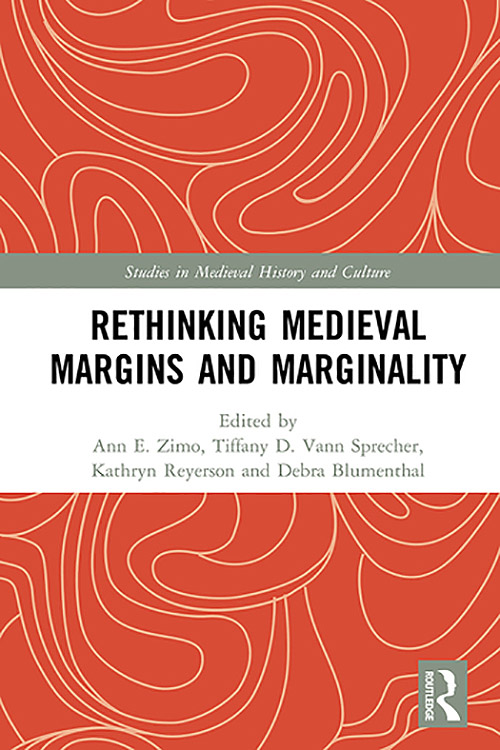
Rethinking Medieval Margins and Marginality
edited by Ann E. Zimo, Tiffany D. Vann Sprecher, Kathryn Reyerson and Debra Blumenthal
Routledge (March 2020)
In the medieval era, when belonging to a community was vitally important, people who lived on the margins of society could be particularly vulnerable. Yet this heightened vulnerability sometimes prompted so-called marginals to form their own communities as a way of redefining the center and placing themselves within it. This volume explores the concept of marginality, to whom the moniker has been applied, to whom it might usefully be applied and how we might more meaningfully define marginality based on historical sources rather than modern assumptions.
-
Compiled By:
Susan Dumais '88 '02G | College of Liberal Arts



















































